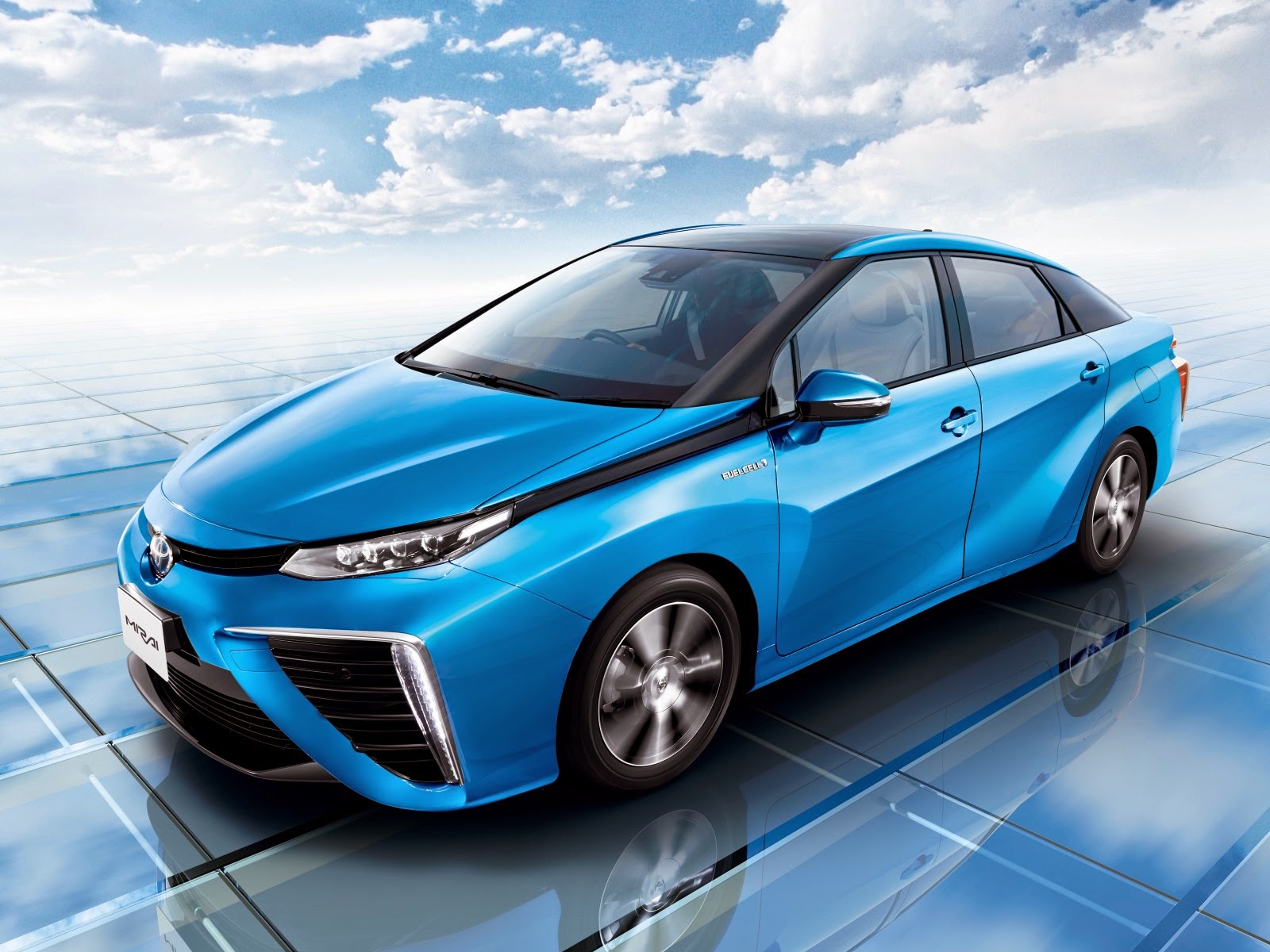The car has been around for more than 125 years. Huge developments have been made in terms of design, power, speed and safety. However the car has solely continued to use fuel from crude oil to generate its own power. This has resulted to air pollution and massive environmental degradation across the world. The other sad news is that the very fuel the cars use is quickly running out. Hence, time has come for auto manufacturers to find new and better alternatives for vehicle propulsion.
The first lead is hybrids, cars that combine energy from an electrical motor and a combustion engine to move. Although they consume less compared to normal cars, they still require the same depleting fuel to move and generate electricity for their batteries. The second take is pure electric cars. Such cars have large lithium batteries, which provided power to the vehicle’s electric motor. However, this particular technology has a huge problem. It takes longer to fully charge the electric car batteries compared to filling up the tank with petrol.
 |
| Toyota Mirai |
The third option is hydrogen fuel cell technology. The technology comprised of many individual cells that are clustered together to form a fuel cell stack. Each individual cell contains an anode, a cathode and an electrolyte layer. When a hydrogen-rich fuel enters the fuel cell stack, it reacts with oxygen to produce electric current, heat and water. The best news about this form of propulsion is that hydrogen readily available. Another benefit is that topping the car with hydrogen gas takes the same time as filling up a car with fuel.
Hydrogen gas can be generated using a wide range of natural resources and man-made by products such as sewage sludge. It can also be created from water using natural renewable energy sources like solar and wind power. When compressed, it has a higher energy density than batteries, and is relatively easy to store and transport, therefore it also carries expectations for potential future use in power generation and a wide range of other applications. The Toyota Mirai is one example of what are now known as Fuel Cell Vehicles (FCV). The name Mirai means future in Japanese.
 |
| How the fuel cell works - image courtesy |
 |
| Fuel Cell Unit |
Design
The front of the Toyota Mirai features large left and right grilles, which draw in air for the oxygen supply and for Fuel Cell system cooling. The rear of the vehicle presents a bold profile with a trapezoidal shape extending from the license plate garnish to the bottom of the bumper corners and out toward the wheels. The headlights feature an ultra-thin profile with an inline arrangement of four LED lights plus visible heat sinks and other optical equipment. The Toyota Mirai rides on light 17-inch aluminium wheels.
 |
| Toyota Mirai Fuel Cell system |
Power
The Toyota Mirai’s fuel cell propulsion system delivers a maximum output of 113 kW (152 hp) and 335 Nm of torque. 0 to 100km/h takes 9.0 seconds. The fuel cell features a new of 3D fine mesh flow channels, which ensure maximum generation of electricity. A compact converter is paired with the fuel cell. The converter is used to charge the Toyota Mirai’s batteries, which are linked to the car’s electric motor. Hydrogen gas is stored inside large and light carbon-fibre reinforced storage tanks. All the key components of the Toyota Mirai’s fuel cell technology allows it to cover 480 km with a full hydrogen tank. When the Toyota Mirai is not being used one can plug it to a house mains and enjoy an interrupted power for a whole week!
 |
| Cockpit |
Ride
The high output Toyota FC Stack and batteries drive the electric motor and ensure powerful responsiveness at all vehicle speeds. Handling stability and ride comfort are both improved through the location of major parts such as the Toyota FC Stack and high pressure hydrogen tanks centrally under the floor to achieve a low centre of gravity. Outstanding quietness is achieved by electric motor drive at all speeds and reduced wind noise. All body parts feature sound absorbing and blocking materials optimally arranged around the interior. The use of noise-reducing glass for the windshield and all door windows further boosts interior quietness.
 |
| Seats for four |
Interior
The Toyota Mirai's interior features soft padding on door trims and other interior surfaces. Silver add-ons spread across the interior add a luxury feel. The front seats are designed to provide support and comfort. A large central cluster, located at the top level of the dashboard, includes a speedometer and multi-information display using a 4.2-inch high-definition TFT liquid crystal display. The driver is able to change the display using steering-wheel-mounted controls. A touch operated flat panel display allows for control the Mirai’s air conditioning system. The rear seating consist of two comfortable independent seats. The battery layout allows for plenty of storage in the boot.
 |
| Wide rear |
Verdict
The process of finding the next sustainable fuel to propel future cars has been on-going for the last few years. Hydrogen fuel cell technology has so far proven its viability as the best alternative to crude oil. The Toyota Mirai proves that cars can be cleaner and environmental friendly. Toyota is so focused in making hydrogen fuel cell technology acceptable to the masses that it has offered 5680 patents for free to other auto manufacturers. Only time will tell if Toyota’s efforts will bear fruit.













